Typography is one of the most important aspects of web design, yet it is often overlooked. The right typeface can make a website look professional, modern, and visually appealing. The wrong typeface can make a website look uninviting, unprofessional, and even unreadable. In this article, we will explore the role of typography in web design and how to use it to make your website stand out.

The Importance of Typography
Typography is the art and technique of arranging type to make written language legible, readable, and appealing when displayed. It involves choosing the right typeface, size, spacing, and color to create a visual hierarchy and guide the viewer’s eye through the content. Typography is a powerful tool that can be used to communicate a message, create a mood, and establish a brand identity.
Choosing the Right Typeface
The first step in creating a visually appealing website is choosing the right typeface. There are thousands of typefaces to choose from, and each one has its own unique style and personality. When choosing a typeface, consider the following:
- Legibility: The typeface should be easy to read, with clearly distinguishable letters.
- Personality: The typeface should reflect the personality of your brand.
- Contrast: The typeface should have a good contrast with the background.
Creating a Visual Hierarchy
Once you have chosen a typeface, the next step is to create a visual hierarchy. A visual hierarchy is a way of organizing the content on a page so that the most important information is emphasized. This can be done by using different type sizes, colors, and styles to create contrast and guide the viewer’s eye.
Using Typography to Communicate a Message
Typography can also be used to communicate a message. For example, a bold, sans-serif typeface can be used to convey a sense of strength and confidence. A script typeface can be used to convey a sense of elegance and sophistication. Typography is a powerful tool that can be used to communicate a message and create a mood.
Tips for Optimizing Typography for the Web
- Use web-safe fonts: There are a limited number of fonts that are pre-installed on most computers and devices, these are known as web-safe fonts. Using these fonts ensures that your text will be displayed correctly across different devices.
- Use font-size in pixels: Specify the font-size in pixels, rather than points. This will ensure that the text is displayed correctly on different devices.
- Use line-height: Line-height is the amount of space between lines of text. Using a line-height of at least 1.5 will improve readability.
Conclusion
In conclusion, typography is one of the most important aspects of web design. It is a powerful tool that can be used to create a visual hierarchy, guide the viewer’s eye, and communicate a message. By choosing the right typeface, creating a visual hierarchy and using typography to communicate a message, you can make your website stand out and improve user experience. By following the tips for optimizing typography for the web, you can ensure that your website will be legible and readable across different devices.
Contact Palmdale Web Designs for a free consultation.




